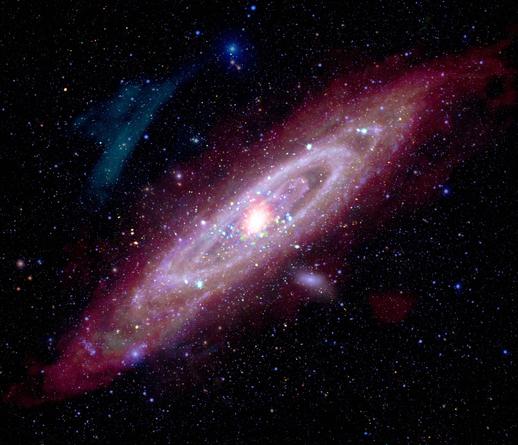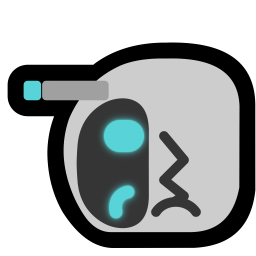Hello! I'm Bri (pronounced /bʁi/ or "bree" – like the cheese).
Bios are something I struggle with. I drafted the above and then sat on it for at least a month. But now there's something here!
Follow requests subject to a vibe check. Requests with no vibes to check will be declined or left in limbo until there are vibes. If you're worried about sending a follow request, then you're probably fine.
2025-03-23 edit: things are in flux! :D
Wanted to note that
| Approximate Age | Last 2 digits of current year |
| Fixated on | [uncomfortable static noises] |
| Trying to | Function |
| Pronouns | Any/further research pending |






 Succubard's Library
Succubard's Library



